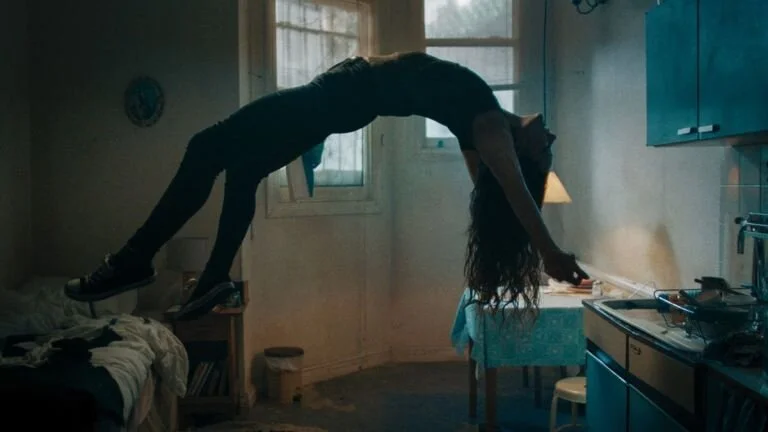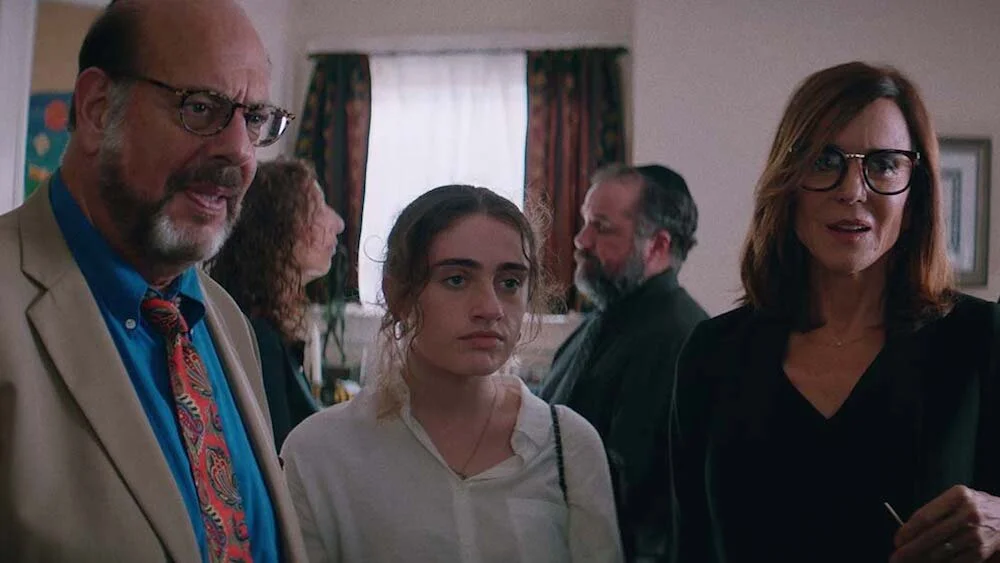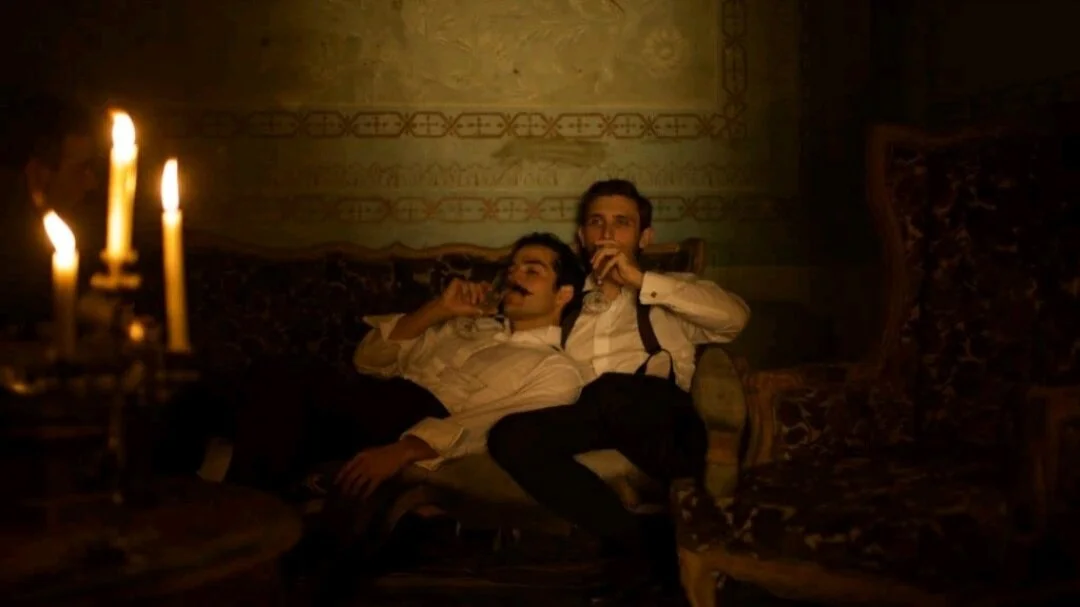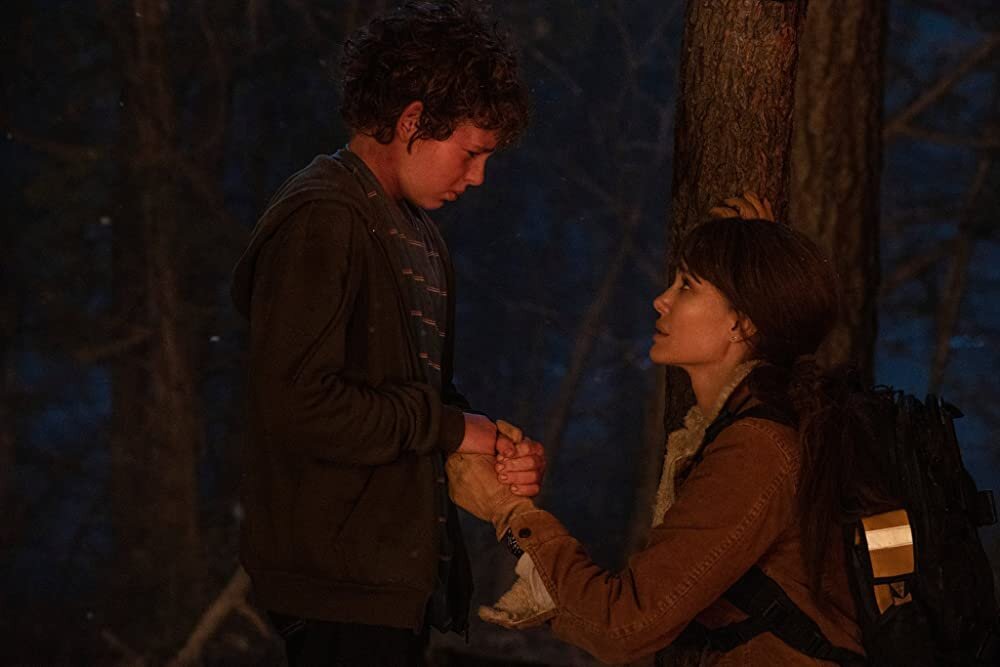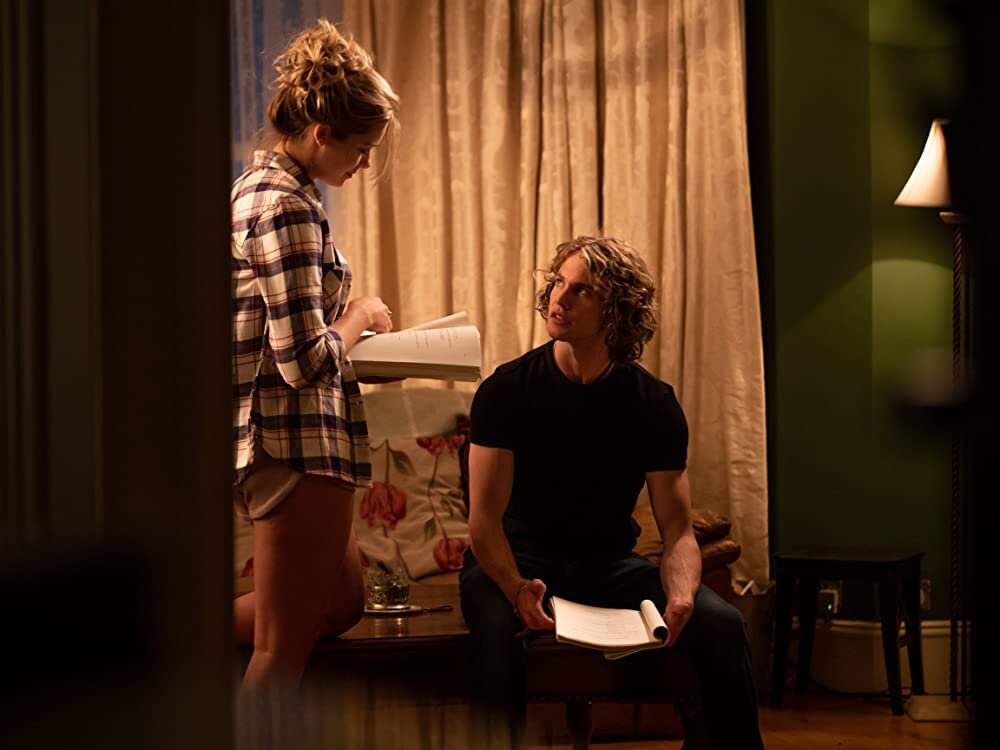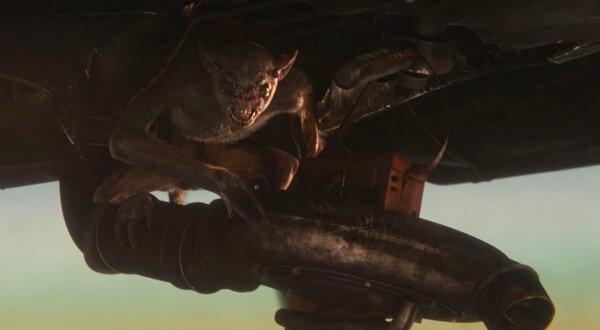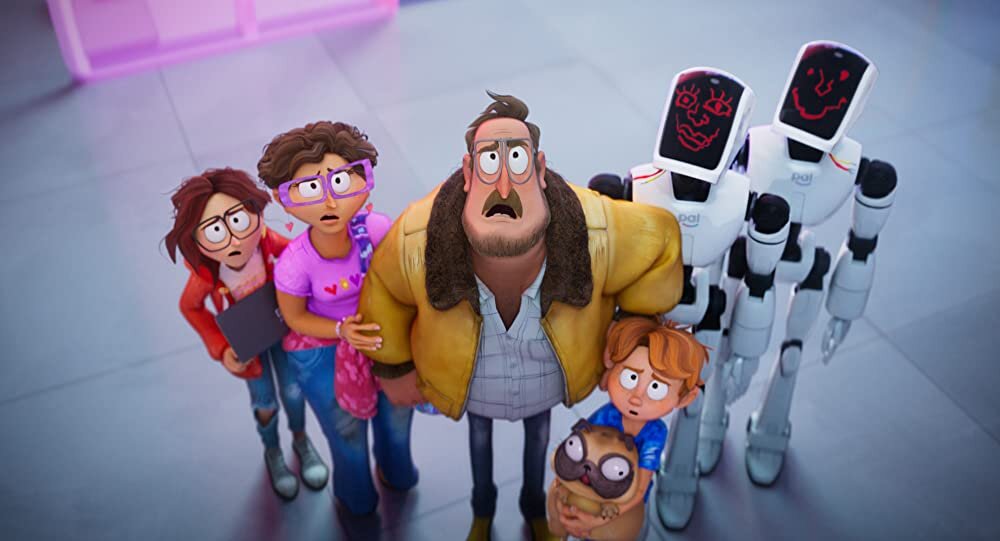THE DRY
Directing: B
Acting: B
Writing: B
Cinematography: B+
Editing: B+
The Dry is essentially a murder mystery which uses rural Australia caught in the grips of more than a year of draught as its backdrop—hence, the title. The draught has created economic desperation for many, and this plays into the motive for the murder case at hand. In that sense, “the dry” (a phrase no character uses in the film) is relevant to the story.
There was another film, starring Guy Pearce and Robert Pattinson, that set its story in a desperately dry Australia, that one a near-future and more of a chase than a mystery. Released in 2014, The Rover used that backdrop to far greater effect. I always felt that not enough people saw that movie. Side note: that movie is available on Showtime, or VOD for three bucks. It’s a much better deal than the $7 I spent to watch The Dry.
This movie stars Eric Bana, rounding out his portfolio with an independent production in his home country. This is actually playing in select theaters (albeit in a single theater in the greater Seattle area, in Tacoma), and I suppose there’s another way of looking at it: $7 VOD is a better deal than paying to see it on the big screen. Although it does have some nice cinematography, wide shots of increasingly barren Australian landscape, which probably renders well on a large screen.
Aaron Falk (Bana) is a police detective from Melbourne, returning to his rural home town several hours outside the city for a funeral. It seems his childhood friend Luke has shot his wife, his young son, and then himself, sparing only the baby. Or did he? Luke’s parents are convinced Luke could never do such a thing, and enlists the help of Aaron, effectively guilting him by bringing up how they know he lied about the circumstances of another death, Ellie, also from childhood. It seems everyone in this town, all of whom have secrets kept for the past twenty years and revealed in turn as the story unfolds, blame Aaron for Ellie’s death.
Thus, The Dry actually features two mysteries: whether or not Luke actually perpetuated a mass murder-suicide on his family; and the truth of how Ellie died twenty years prior. When Aaron was still a teenager, Ellie’s father essentially succeeded in running him out of town. Now, some of the townspeople are pissed to see him there again.
Based on a best-selling novel, I imagine The Dry is more gripping in literature form. Don’t get me wrong, I found the film compelling, but barely; it takes its time, really cultivating a lot more atmosphere than plot. It should be noted, though, that the film had one of the largest opening weekend box office takes in Australian history when it opened there in January: clearly there was an appetite for it. Then again, they were also headed back to theaters after months of pandemic lockdowns.
I suspect my tepid response to this film has more to do with the genre than anything else. Murder mysteries don’t often do much for me for their own sake, unless they’re cheekily complex, as in the wonderful Knives Out. That film doubled as a comedy, though, and The Dry is a drama, with some rather dark thematic elements. It’s a movie about broken people doing very broken things. For some people, that’s entertainment.
It’s well done for what it is, in any case. I suspect people into the genre—and god knows there are plenty—will enjoy it. I thought it was fine.
I mean, some might say just take a look at Eric Bana if you want to get wet.
Overall: B



